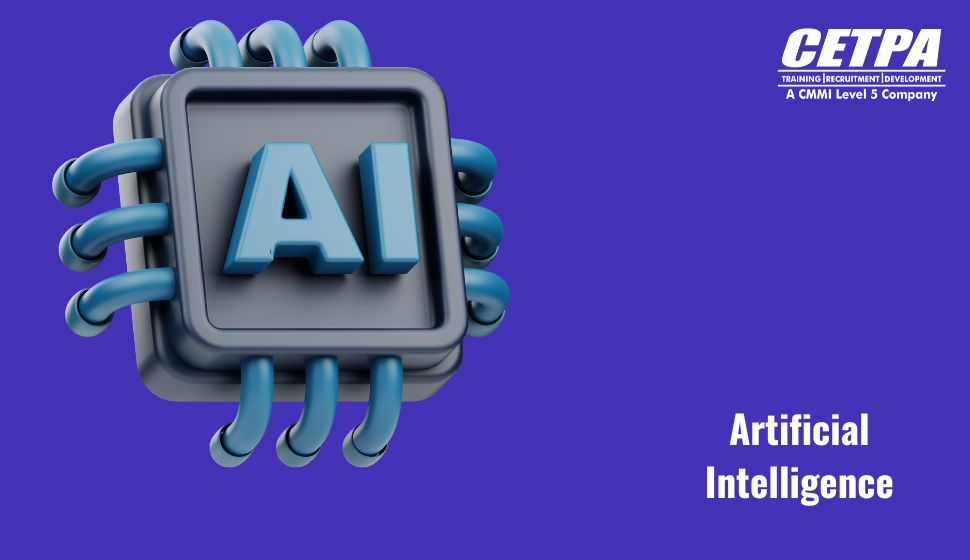Introduction
In a rapidly digitizing world, the need for streamlined, transparent, and secure workflows has never been greater. Businesses across industries are turning to two transformative technologies—Robotic Process Automation (RPA) and Blockchain—to not only automate repetitive tasks but also ensure data integrity, traceability, and accountability. While each of these technologies alone offers immense value, their convergence has the potential to revolutionize workflow management by blending automation with transparency.
This article explores how Blockchain and RPA together are shaping transparent workflows, the industries benefiting from this integration, and what organizations should consider when adopting these innovative technologies.
Understanding the Core Technologies
Before diving into their synergy, it’s essential to understand the individual strengths of RPA and blockchain.
- Robotic Process Automation (RPA) involves using software bots to automate routine, rule-based tasks. These bots mimic human interactions with digital systems, such as entering data, reading emails, or moving files between systems. RPA Development Services have become central to operational efficiency in finance, healthcare, logistics, and many other sectors.
- Blockchain, on the other hand, is a decentralized ledger technology that records transactions across a network of computers in a way that ensures security, transparency, and immutability. Each transaction is time-stamped and linked to the previous one, making tampering almost impossible.
Individually, these technologies are powerful—but together, they offer a blueprint for automating processes while ensuring that every action is verifiable and trustworthy.
The Power of Integration: Why Combine Blockchain with RPA?
The integration of RPA with blockchain creates a synergy where automation is coupled with real-time validation, auditability, and trust. Here’s how this dynamic duo transforms workflows:
1. Enhanced Data Integrity
RPA bots often interact with multiple systems to transfer and transform data. However, the challenge lies in verifying that this data is accurate and untampered. By integrating blockchain, every transaction or data update performed by RPA bots can be logged immutably, ensuring data integrity throughout the workflow.
2. Transparent Audit Trails
Compliance-heavy industries such as healthcare, banking, and logistics require robust audit trails. With blockchain, each automated action performed by an RPA bot is time-stamped and recorded in a decentralized ledger, enabling full transparency and traceability for audits.
3. Fraud Prevention
In sectors where sensitive transactions are frequent—like insurance claims or financial settlements—automation alone isn’t sufficient. Blockchain’s immutable nature prevents unauthorized changes, while RPA ensures the processes are executed consistently. This combination significantly reduces the risk of fraud.
4. Smart Contracts Execution
Smart contracts are self-executing contracts with predefined rules written into code. When combined with RPA, bots can trigger these contracts automatically when specific conditions are met—like releasing payment after confirming delivery—streamlining contract management with minimal human intervention.
Real-World Use Cases: Blockchain + RPA in Action
1. Supply Chain Management
One of the most compelling use cases of blockchain and RPA integration is in supply chain transparency. Consider a global logistics company using Robotic Process Automation services to automate shipment tracking across multiple countries. By adding blockchain, every shipment update—such as customs clearance or warehouse receipt—can be logged immutably. The result is a transparent, end-to-end supply chain with automated updates and real-time visibility for all stakeholders.
2. Healthcare Compliance
Hospitals and clinics deal with a high volume of patient data and must comply with strict regulations like HIPAA. RPA can automate administrative tasks such as claims processing, patient registration, and record transfers. Blockchain ensures that all data handling is secure, tamper-proof, and easily auditable, providing a compliant and efficient healthcare workflow.
3. Banking and Finance
Banks are leveraging Robotic Process Automation services to automate KYC (Know Your Customer), AML (Anti-Money Laundering), and loan processing. When integrated with blockchain, customer data and financial transactions are recorded immutably, making regulatory reporting simpler and reducing the risk of fraud.
4. Insurance Claims Management
In the insurance industry, claim verification and settlement are labor-intensive and prone to delays. RPA can extract information from documents, emails, and portals, while blockchain can log claim events—such as submission, assessment, and approval—on a shared ledger. This ensures transparency between insurers, customers, and auditors.
Benefits of Combining RPA and Blockchain
– Trust and Accountability
In workflows where multiple parties are involved—vendors, clients, regulators—trust becomes critical. Blockchain’s decentralized architecture builds trust, while RPA ensures consistency and speed. This combination builds a system where every stakeholder can independently verify the data and actions.
– Operational Efficiency
By combining the automation speed of RPA with blockchain’s auditability, businesses can eliminate manual checks and verifications that slow down processes. This significantly increases efficiency across departments like finance, procurement, and HR.
– Regulatory Compliance
With regulatory landscapes becoming increasingly complex, companies can benefit from RPA bots that automatically log actions to a blockchain ledger, creating an immutable audit trail that simplifies compliance audits.
– Data Security
Blockchain ensures that data recorded during automation processes cannot be altered or deleted without consensus, adding a layer of security that is essential in industries handling sensitive or proprietary information.
Challenges and Considerations
While the benefits are clear, there are important factors organizations must consider:
- Complex Integration: Merging RPA with blockchain requires integration frameworks and a strategic IT roadmap. Not all RPA tools natively support blockchain, so custom development may be necessary.
- Scalability: Blockchain, especially public chains, may suffer from scalability issues. Choosing the right type of blockchain (private vs. public) and designing for scale are crucial.
- Governance: When multiple parties access the same blockchain, data governance and access control must be carefully designed to avoid conflicts and unauthorized access.
- Cost and ROI: Initial investments can be high. Companies should prioritize use cases where the benefits—like reduced fraud, enhanced compliance, or operational savings—outweigh the costs.
The Future of Transparent Automation
As industries demand more secure, traceable, and efficient operations, the convergence of blockchain and RPA is no longer futuristic—it’s becoming a necessity. Enterprises that leverage Robotic Process Automation services along with blockchain will be positioned as leaders in digital transformation, capable of delivering faster services with full transparency and trust.
We are already witnessing early adopters report improved compliance rates, fewer audit penalties, and better customer satisfaction scores—all driven by automated and transparent workflows. The next evolution in digital workflows won’t just be about automating tasks—it will be about automating trust.
Final Thoughts
The union of RPA and blockchain marks a paradigm shift in how organizations approach process automation. While RPA brings speed and accuracy, blockchain brings transparency and integrity. Together, they create a future where workflows are not only faster and more efficient but also trustworthy and secure by design.
As more businesses explore the possibilities of combining these two powerhouse technologies, we can expect the next wave of Robotic Process Automation services to be built on a foundation of decentralization, immutability, and accountability—redefining what it means to truly automate.



